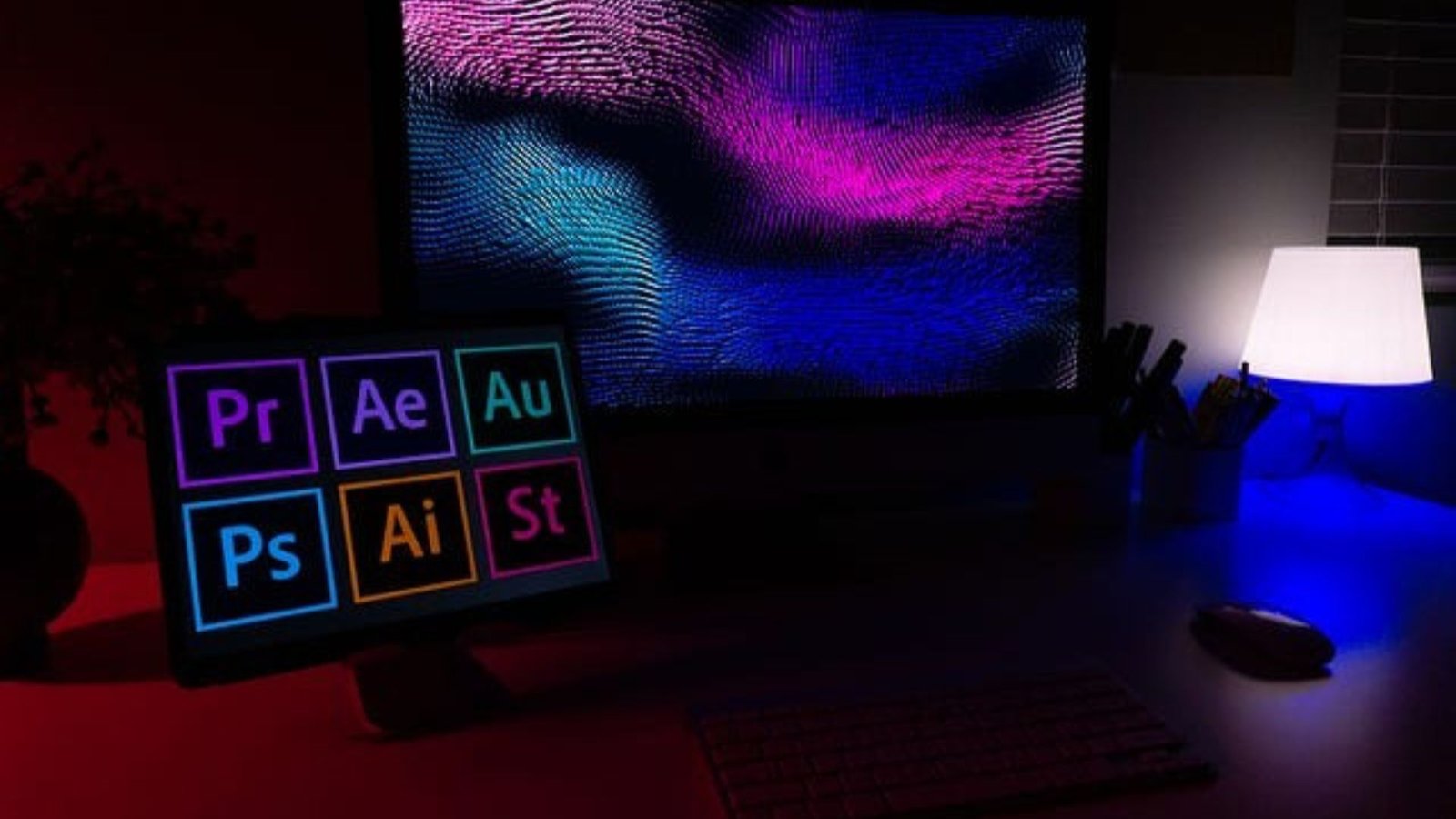Graphic design is a field that constantly evolves, and staying ahead means continuously improving your skills. Whether you’re just starting or you’re an experienced designer, there’s always room for growth. In this article, we’ll share practical strategies for improving your graphic design skills to help you create better, more impactful designs.
Focus on the Fundamentals
Understanding the basics of design is the first step to improving your graphic design skills. Concepts like balance, contrast, alignment, and color theory are the foundation of all great designs. Make an effort to review these principles regularly and apply them to your work. By mastering the fundamentals, you’ll have a strong base to build upon as you tackle more complex projects.

Practice Regularly
Consistent practice is one of the most effective ways to improve your skills. Set aside time every day or week to work on new projects, even if they’re just for fun. Experiment with different styles, techniques, and tools. The more you practice, the more confident you’ll become in your abilities, and you’ll see noticeable improvements in your designs over time.
Seek Constructive Feedback
Getting feedback is crucial for growth. Share your work with fellow designers, mentors, or even friends who can provide constructive criticism. Listen to their insights and be open to suggestions for improvement. Learning from others’ perspectives can help you identify areas to refine and give you fresh ideas to try.
Take Online Courses
There are countless online courses available to help you enhance your skills. Platforms like Coursera, Udemy, and Skillshare offer lessons on everything from typography to advanced Photoshop techniques. Enrolling in a course allows you to learn from industry professionals and apply their tips and tricks to your designs.
Stay Updated with Trends
Graphic design trends change every year, and staying current is essential for producing relevant work. Follow design blogs, subscribe to newsletters, and browse platforms like Behance or Dribbble to see what’s popular. While trends should never overshadow your unique style, incorporating fresh ideas can help keep your work modern and engaging.
Work on Personal Projects
Personal projects are a great way to practice without the pressure of meeting a client’s expectations. Create a series of posters, redesign a website, or experiment with a new tool. Personal projects give you the freedom to try new things and make mistakes, which is an essential part of the learning process.
Learn New Tools
Improving your graphic design skills also means becoming proficient in the latest tools. Familiarize yourself with software like Adobe Creative Suite, Figma, or Canva. Additionally, explore plugins and resources that can streamline your workflow. The more tools you master, the more versatile you’ll be as a designer.
Study Other Designers’ Work
Looking at the work of other designers can be incredibly inspiring. Analyze their techniques, color choices, and layouts. Try to understand the decisions they made and how you can incorporate similar methods into your designs. Studying others’ work is a powerful way to learn and grow as a designer.
Focus on Typography
Typography is a core element of graphic design, and improving your skills in this area can significantly enhance your work. Learn how to pair fonts effectively, use spacing wisely, and ensure your text is readable. Good typography can elevate even the simplest designs and make them more professional.
Be Patient with Your Progress
Lastly, remember that improving your graphic design skills is a journey, not a race. Be patient with yourself and recognize that growth takes time. Celebrate your progress, no matter how small, and keep pushing forward. Consistency and dedication will lead to long-term success.
Conclusion
Improving your graphic design skills requires effort, practice, and a willingness to learn. By focusing on the fundamentals, seeking feedback, and staying updated with industry trends, you can take your designs to the next level. Remember, the key is to keep practicing and exploring new techniques. With these strategies, you’ll build confidence and grow as a graphic designer.




